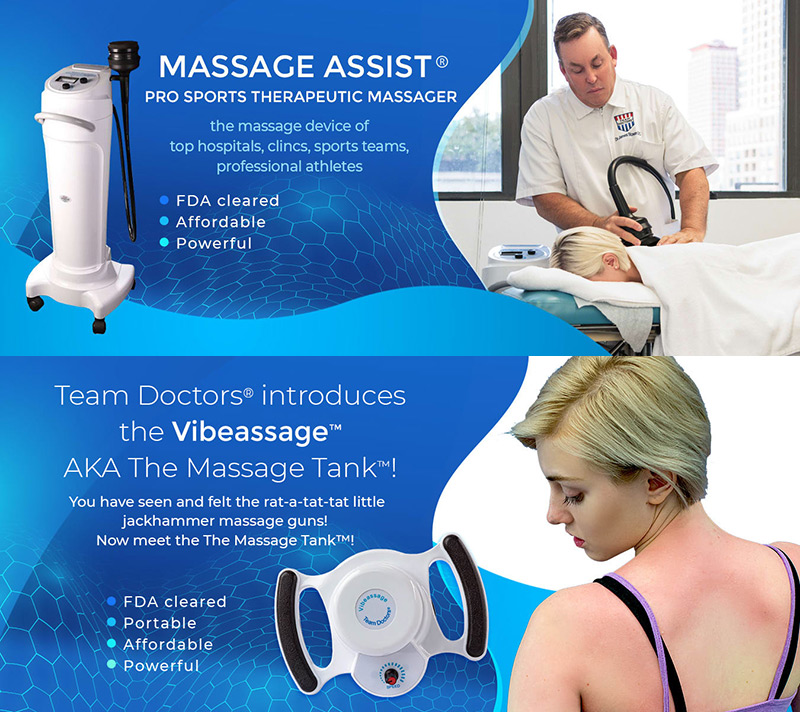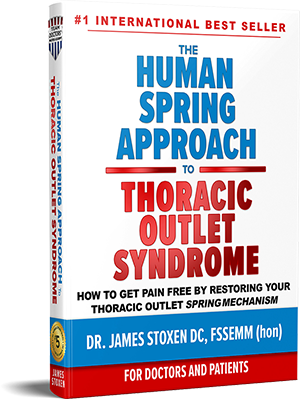In 1988 I was invited to work at the fifth All African Track and Field Championships in Annaba, Algeria. I found that the most extreme difference between the African athletes and my patients back home, was the spring in their feet and legs.
In the African Track and Field Athletes, their tibialis posterior, tibialis anterior and peroneal muscles (I call the landing muscles or spring suspension system muscles) were highly developed. What I discovered was that many of these African athletes trained at high running speeds in minimal shoes that were more like barefoot training shoes or barefoot running footwear and many were training barefoot. Running barefoot and walking barefoot is natural.
In my opinion a walking shoe or running shoe is a binding device that reduces the potential of the natural human spring you were born with that allows you to easily absorb impacts. The cushions, shock absorbers and other high tech imperfect padded devices meant to help you absorb impacts are what footwear companies give you to help you absorb these impacts because they took away the natural spring mechanism that you were born with that performed this function perfectly for you.
My colleagues, Dr David Pierson, Dr Scott Calzaretta, Dr Noel Patterson, Dr Stephen Press, Dr Gordon Lawson and others were looking to network with athletes and coaches these countries. Many were hopeful of getting placement on the Olympic Medical committees by representing one of these African countries at the Seoul Olympics 1988.
Many of them succeeded to become doctors at the 1988 Seoul Olympic Games. That was not my mission.
I wanted to watch and interact with the fastest track athletes in the world to learn the secrets of elite level training.
So I set up my treatment table in the middle of the track in the blistering hot African sun. It was there that I witnessed plyometrics in action and where I was able to closely examine the feet and legs of the most amazing athletes in the world.
The most extreme difference between the African athletes and my patients back home, I found, was the spring in their feet and legs.
Many of them had little to no arch yet broke records in speed and endurance. Their spring suspension muscles were highly developed.
The other thing I discovered was that these athletes trained at high speeds in shoes that were more like slippers with no cushion. Many trained barefoot.
I took volumes of notes on their stretches and routines and upon returning to Chicago I added them to my arsenal of human spring release techniques.
That fueled my desire to change my approach to care for patients suffering from a wide variety of ailments. I believe the reason for why my patients were not performing at optimum potential and why their bodies were not injury resistant was attributable to a weakness in these musles. Lets face it, how many training programs involve specific training of the tibialis posterior, tibialis anterior and peroneal muscles without shoes on? You cannot even go to a fitness center and take off your shoes without getting kicked out.
I combined these lessons with stretches I learned from, Irina Vdovets, US Olympic Rhythmic Gymnastics National Team Coach at the 1988 and 1992 Olympic Games.
Its obvious that consulting an Olympic coach for 3 years you certainly can learn a lot about how to more effectively the improve the flexibility of athletes.
Lesson learned?
The spring is the thing. A more flexible spring that is not bound adapts to impacts better than one that is.
Train barefoot or in racing flats.
Like this article? We will send the next one to you.
Register for our updates below:







